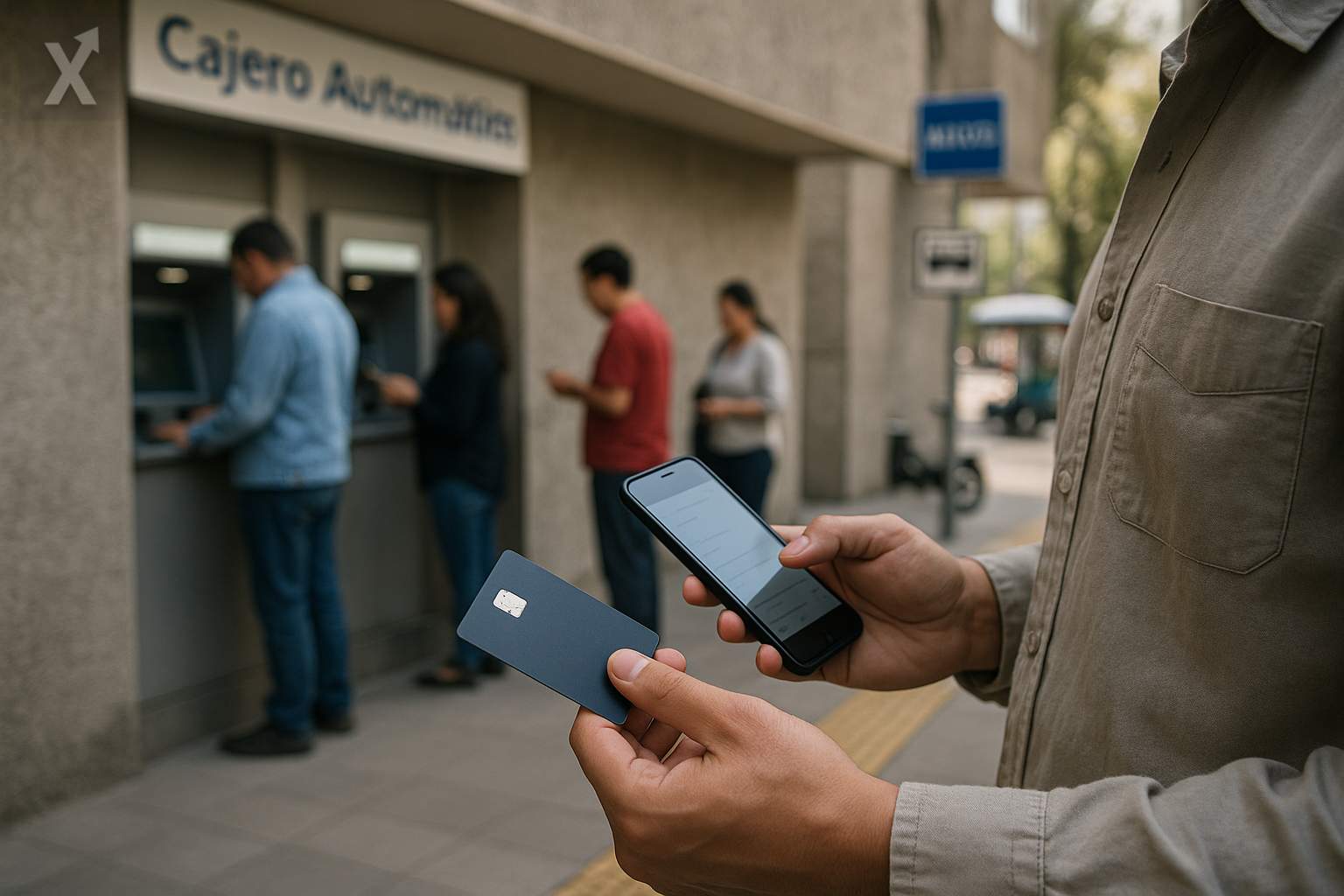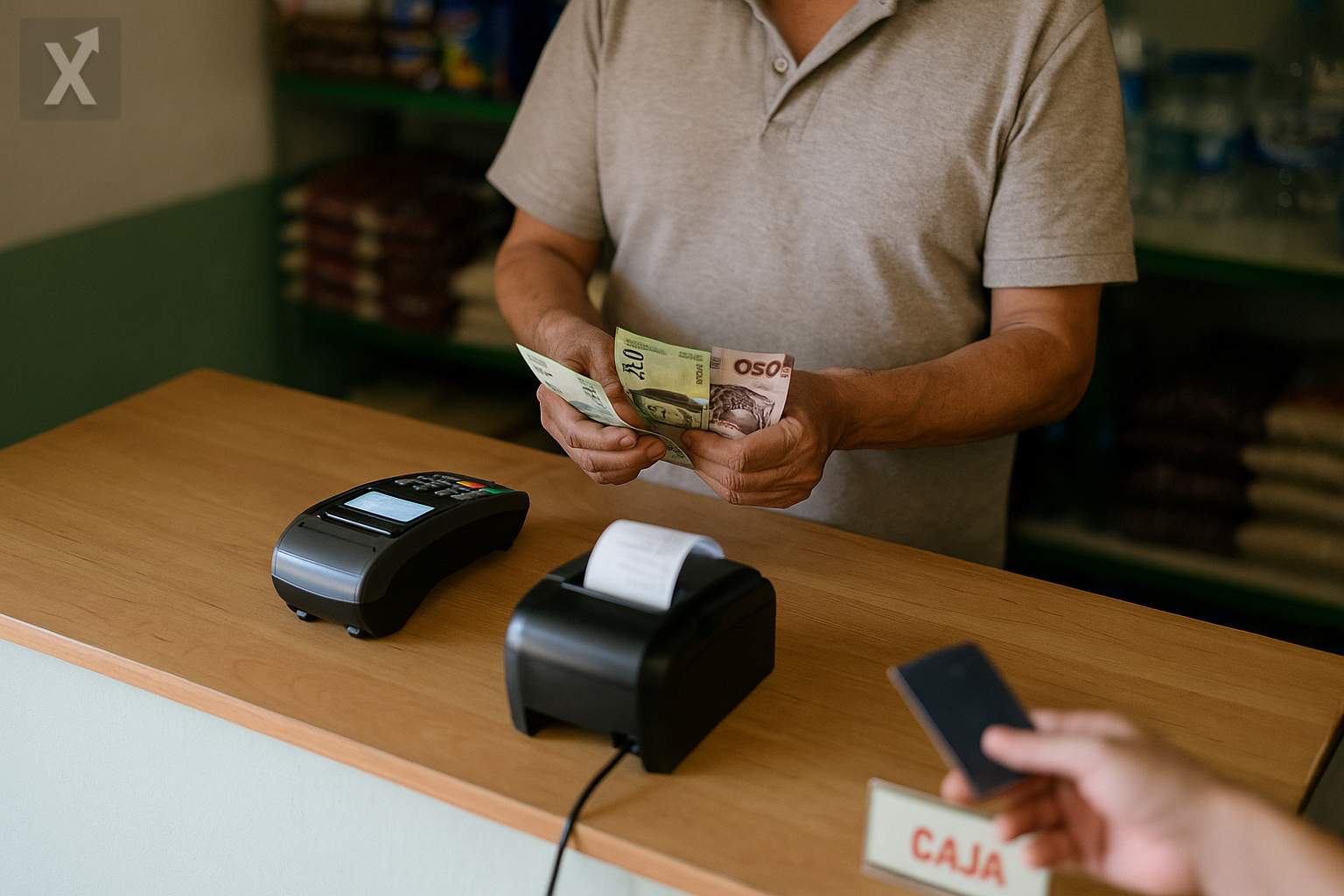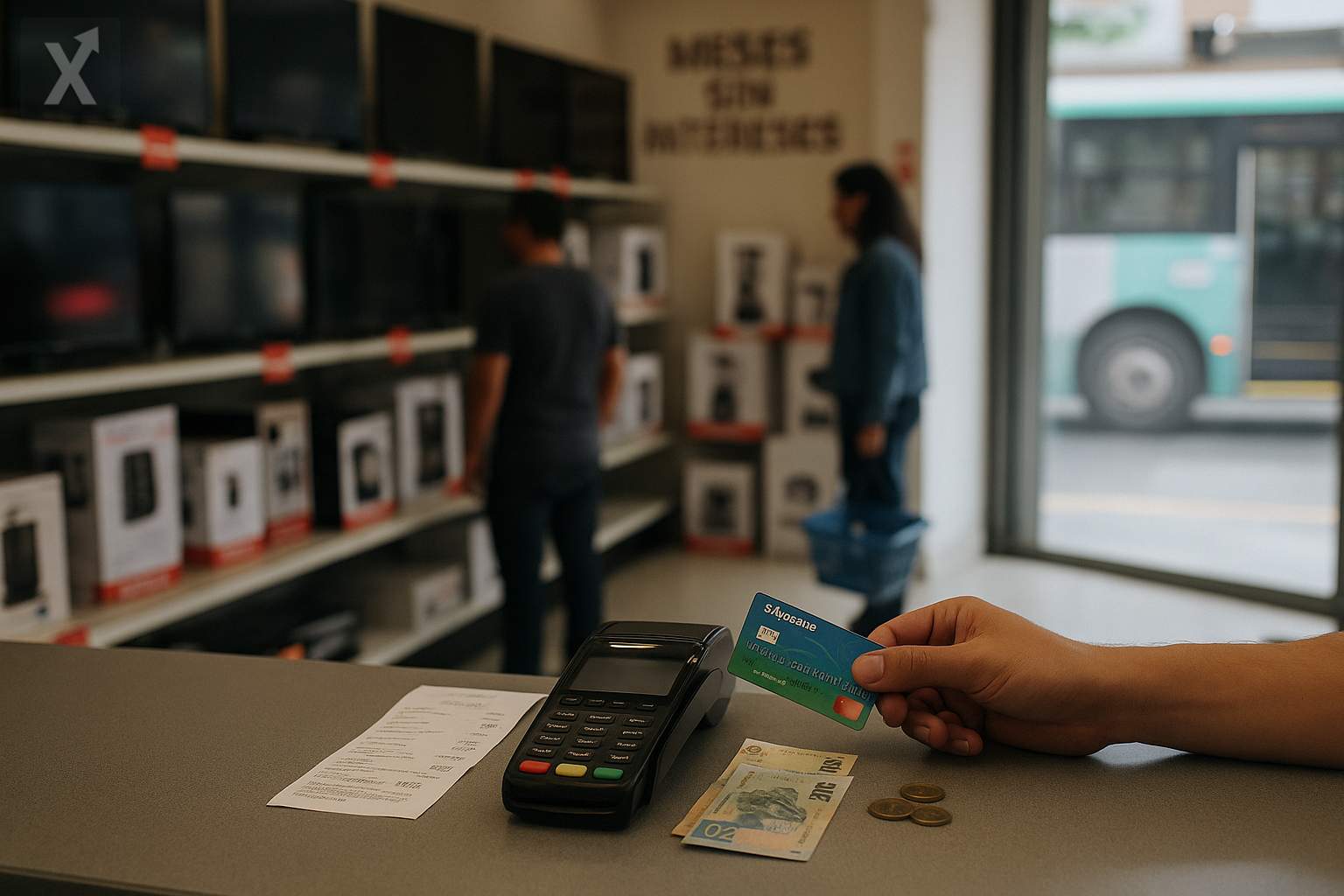Intermittent Outages in Banamex App Raise Alarms Over Digital Banking Resilience in Mexico

Banamex’s mobile banking app experienced intermittent outages on Monday, August 25, preventing some users from logging in and completing transfers. The bank confirmed the technical issue through its official channels, assuring customers that its IT team was working on a solution and recommending they try again later.
According to service monitoring platforms, most reported incidents were concentrated in the mobile banking app, followed by authentication problems and issues with online banking services. Reports began surfacing in the early hours and intensified throughout the morning, with the majority coming from Mexico City and surrounding metropolitan areas, although cases were also noted in other states.
Monday’s disruptions had a particularly significant impact, coinciding with payroll disbursements, inter-company transfers, and payments between small businesses that rely on immediate transfers for their daily cash flow. While physical cards and ATM networks usually operate with relative normality during such incidents, temporary disruption of digital banking channels complicates the daily financial planning of thousands of users.
In Mexico, the shift toward digital banking has accelerated in recent years. Electronic fund transfers and low-value payments have shown steady growth, increasing the demands on banks’ technological infrastructure. Following previous incidents such as security breaches and system outages, both regulators and financial institutions have strengthened their continuity protocols, redundancy measures, and user communication. However, peak demand hours and maintenance windows remain critical stress points for operations.
For the financial system, episodes like Monday’s reignite debate over operational resilience: the ability to anticipate, withstand, and recover from interruptions without significant customer impact. In recent years, regulators have pushed for stricter cybersecurity standards, contingency plans, and recovery time objectives, in addition to requiring the reporting of major incidents. Measures such as enhanced authentication, real-time monitoring, and cloud-based architectures aim to minimize risks, but they also underscore the ongoing need for investment and more frequent stress testing.
In Banamex’s case, digital platform performance is particularly relevant amid corporate transformation and intense competition for retail market share. The rise of technology-driven banks, fintech firms, and new payment providers pressures established players to accelerate systems modernization, meet response time expectations, and provide reliable user experiences—especially during periods of high transactional activity.
For users, standard recommendations during outages include checking service status through official channels, attempting transactions later, using alternatives like ATMs or card payments when possible, and, in cases of direct impact, documenting incidents for possible future clarification or disputes. When urgent transfers are needed, planning ahead and using off-peak hours can help reduce the risk of interruptions.
Looking ahead, it is expected that Mexican banks will deepen investments in observability capabilities, risk segmentation by channel, and automated failover mechanisms between data centers, in addition to strengthening proactive communication with customers during scheduled maintenance. The interoperability of payment systems and the near-continuous availability demanded by businesses and consumers will continue to set the competitive benchmark in financial services.
In summary, the intermittent outage of the Banamex app highlights a systemic challenge: as more transactions move online, technological robustness and incident management are becoming critical trust factors. While the incident was limited in duration, it serves as a reminder that operational resilience and user experience will be decisive in the next stage of banking in Mexico.
Final takeaway: Monday’s episode underscores three key points—the importance of uninterrupted service during high demand periods, the need for ongoing investments in infrastructure and cyber resilience, and the value of clear customer communication. Maintaining customer trust will require banks to strike a balance between innovation, stability, and faster recovery times.






